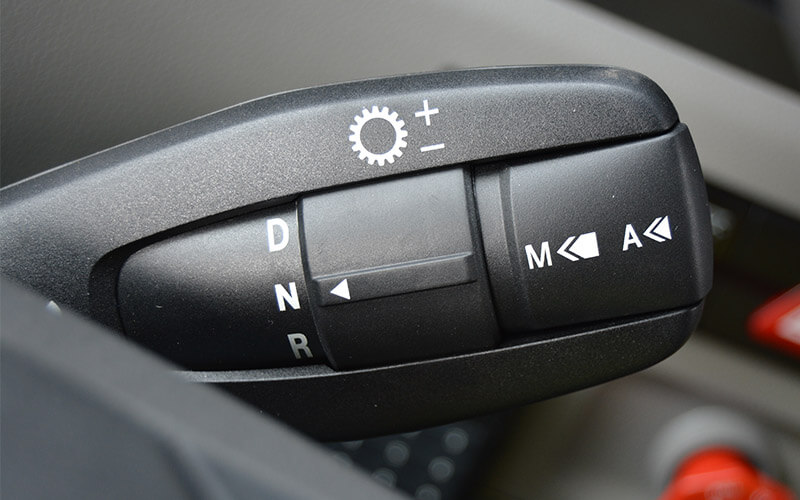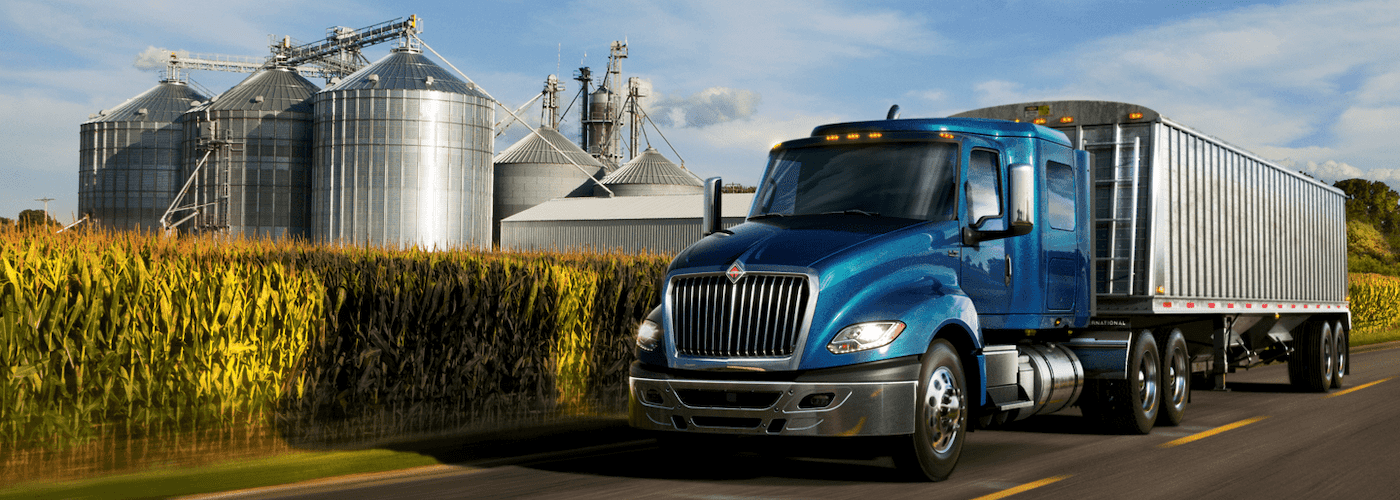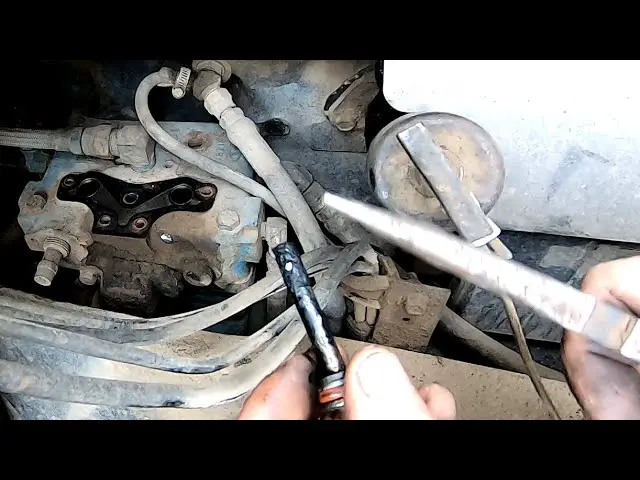Semi trucks can be both manual or automatic, with drivers choosing based on preference and driving conditions. In the trucking industry, the type of transmission is a personal choice for many drivers, and both manual and automatic transmissions are widely used.
The decision between manual and automatic semi trucks often depends on factors such as driver experience, terrain, and personal preference. Each type has its own set of advantages and disadvantages, impacting factors such as fuel efficiency, driver fatigue, and maintenance costs.
As technology continues to advance, automatic transmissions are becoming more popular due to ease of use and improved fuel efficiency, but manual transmissions remain a staple for many experienced truck drivers.

Credit: schneiderjobs.com
Navigate As You Want: [show]
Manual Transmission In Semi Trucks
Manual transmission in semi trucks offers many benefits. One advantage is the increased control it provides to drivers. They have the ability to shift gears based on the specific driving conditions, such as steep inclines or uneven terrain. This ensures better performance and efficiency.
Additionally, manual transmissions are generally more reliable and easier to maintain compared to automatic transmissions. They have fewer complex components, making them less prone to mechanical failures. It also allows for easier troubleshooting and repairs when necessary.
However, manual transmission in semi trucks also comes with its challenges. It requires more skill and experience to operate, as drivers need to constantly shift gears. This can be physically demanding and tiring, especially during long journeys.
Despite the challenges, manual transmission remains a popular choice for many truck drivers due to its advantages in terms of control and reliability.
Automatic Transmission In Semi Trucks
Semi trucks have traditionally been equipped with manual transmissions, but in recent years there has been a shift towards automatic transmissions due to their numerous advantages. One of the main benefits of automatic transmission in semi trucks is the ease of operation, especially for drivers who may not be as experienced with manual shifting. Additionally, automatic transmissions can contribute to improved fuel efficiency and reduced wear and tear on the vehicle, leading to lower maintenance costs. On the downside, automatic transmissions may have a higher initial cost and can be less efficient in certain driving conditions. However, the overall trend towards automatic transmissions in semi trucks suggests that the advantages may outweigh the disadvantages in many cases.
Comparison Of Manual And Automatic Transmission
Semi trucks can be equipped with either manual or automatic transmissions. The choice can significantly impact the performance of the vehicle. Manual transmissions offer more control over gear shifting, ideal for challenging terrains and hauling heavy loads. On the other hand, automatic transmissions provide smoother and easier operation, reducing driver fatigue during long hauls. When it comes to fuel efficiency, automatic transmissions are often preferred due to their ability to optimize gear shifts. However, some drivers argue that manual transmissions allow for better control and can lead to improved fuel efficiency when operated skillfully. Ultimately, the preferred transmission type may depend on the driver’s experience and personal preference.

Credit: www.rechtien.com
Future Trends In Semi Truck Transmission
The future of semi-truck transmission is rapidly evolving with the emergence of new technologies. These advancements are poised to have a significant impact on the industry as a whole. One such technology is the development of semi-trucks equipped with automatic transmissions. This innovation provides numerous benefits, such as improved fuel efficiency, reduced driver fatigue, and increased safety on the road. Automatic transmissions simplify the driving experience for truckers, allowing them to focus on other critical tasks while on the road. Additionally, the integration of advanced sensors and artificial intelligence (AI) systems enables real-time monitoring and adjustments for optimal performance. Not only does this enhance overall efficiency, but it also aids in preventing potential mechanical issues. As a result, the adoption of automatic transmissions in the semi-truck industry is expected to continue to grow in the coming years, revolutionizing the way goods are transported.”

Credit: m.youtube.com
Frequently Asked Questions On Are Semi Trucks Manual Or Automatic
Are Semi Trucks Manual Or Automatic?
Semi trucks can be both manual or automatic. Manual transmissions require the driver to shift gears manually using a clutch pedal, while automatic transmissions shift gears automatically. The choice between manual and automatic depends on the driver’s preference, driving conditions, and the type of trucking job they have.
Conclusion
The debate between manual and automatic transmission for semi trucks boils down to personal preference and the specific needs of the trucking industry. Both options offer advantages and disadvantages, and it is crucial for truck drivers to consider factors like fuel efficiency, ease of use, and cost when making a decision.
Ultimately, the shift towards automatic transmission technology signifies the industry’s evolution towards efficiency and the adoption of innovative solutions. Whether manual or automatic, it is evident that the future of semi trucks is focused on improving performance and streamlining operations.



